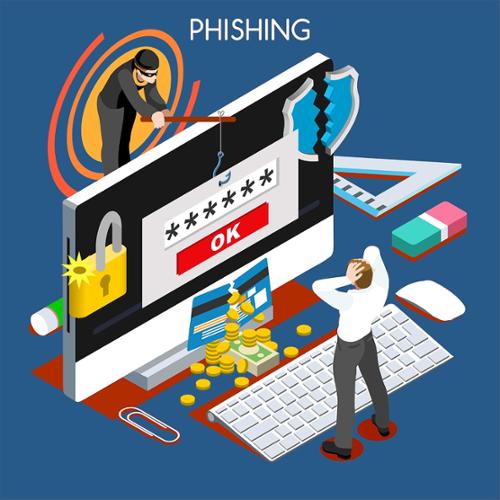Bank Phishing Emails
Phishing refers to fraudulent emails that trick the receivers into sharing their personal, financial or security information.

Cybercriminals rely on the fact that people are busy; at a glance, these spoof emails appear to be legitimate.
How does it works?
These emails:
- may look identical to the types of correspondence that actual banks send.
- replicate the logos, layout and tone of real emails.
- use language that transmits a sense of urgency.
- ask you to download an attached document or click on a link.
Watch out when using a mobile device. It might be harder to spot a phishing attempt from your phone or tablet.
What can you do?
- Keep your software updated, including your browser, antivirus and operating system.
- Be especially vigilant if a ‘bank’ email requests sensitive information from you (e.g. your online banking account password).
- Look at the email closely: compare the address with previous real messages from your bank.
- Check for bad spelling and grammar.
- Don’t reply to a suspicious email, instead forward it to your bank by typing in the address yourself.
- Don’t click on the link or download the attachment, instead type the address in your browser.
- When in doubt, double check on your bank’s website or give the bank a call. If you have lost money to such a scam, report it to Action Fraud or, if in Scotland, Police Scotland on 101.

 Greek
Greek




